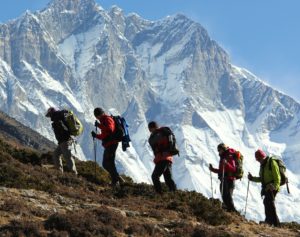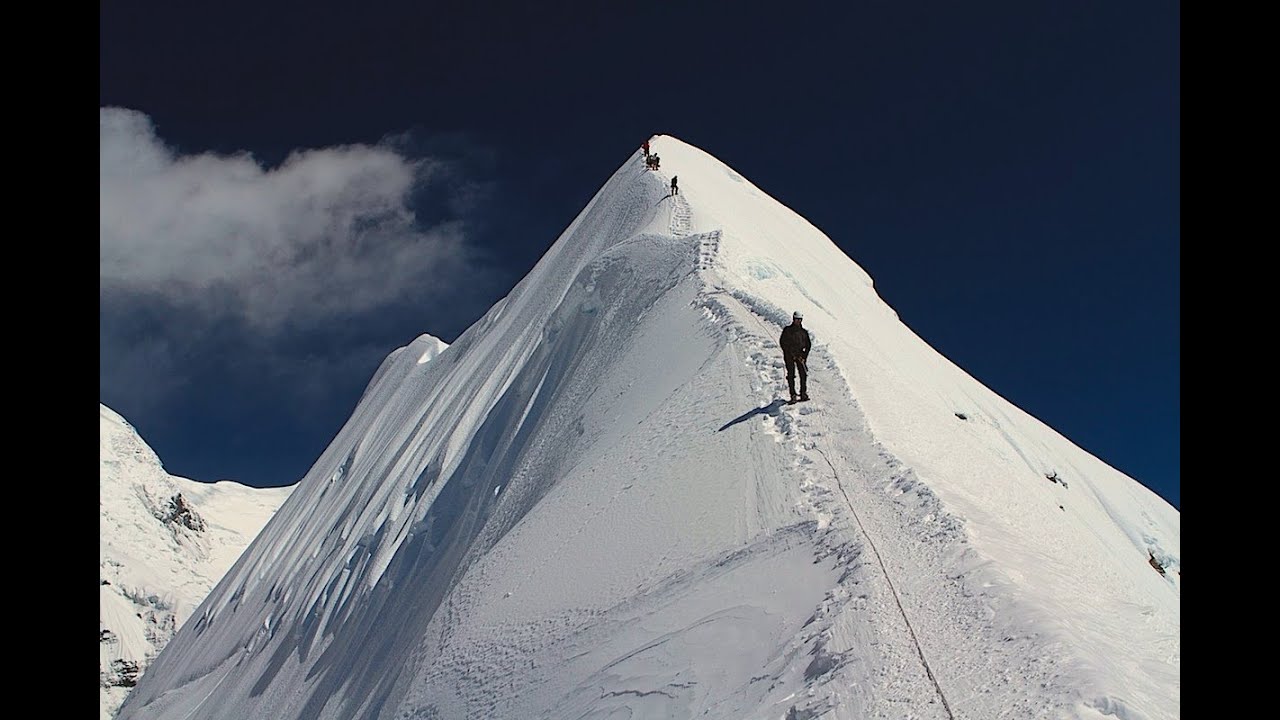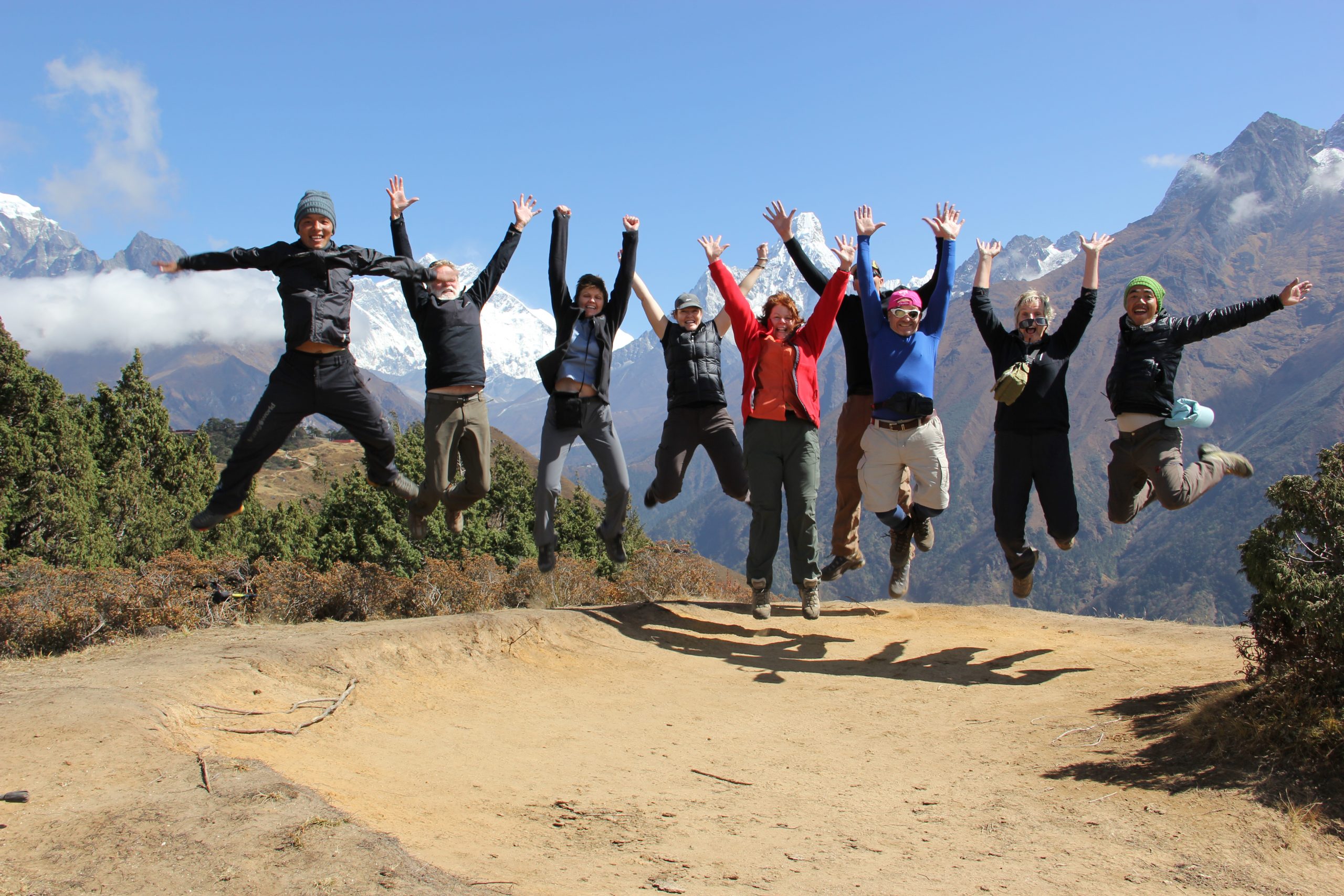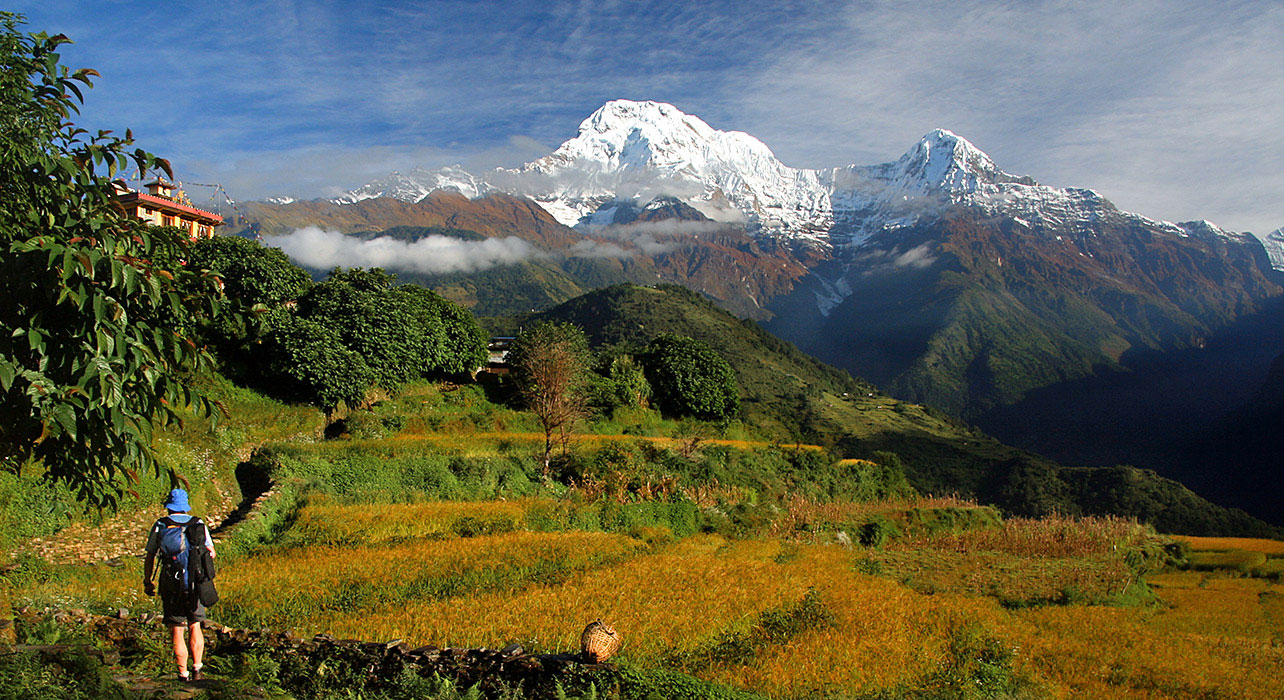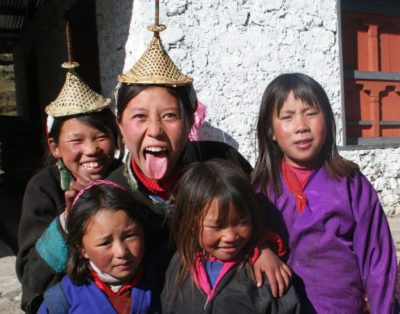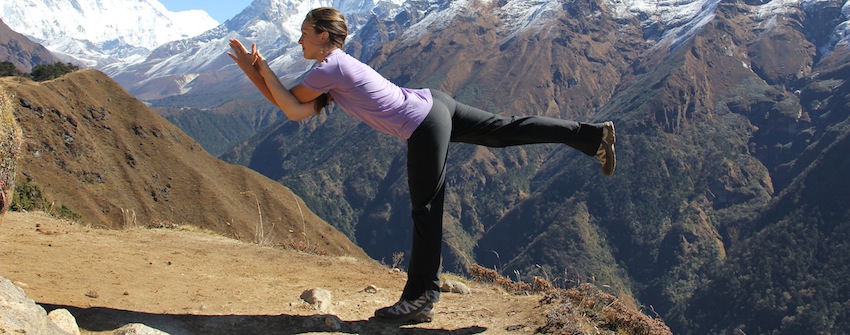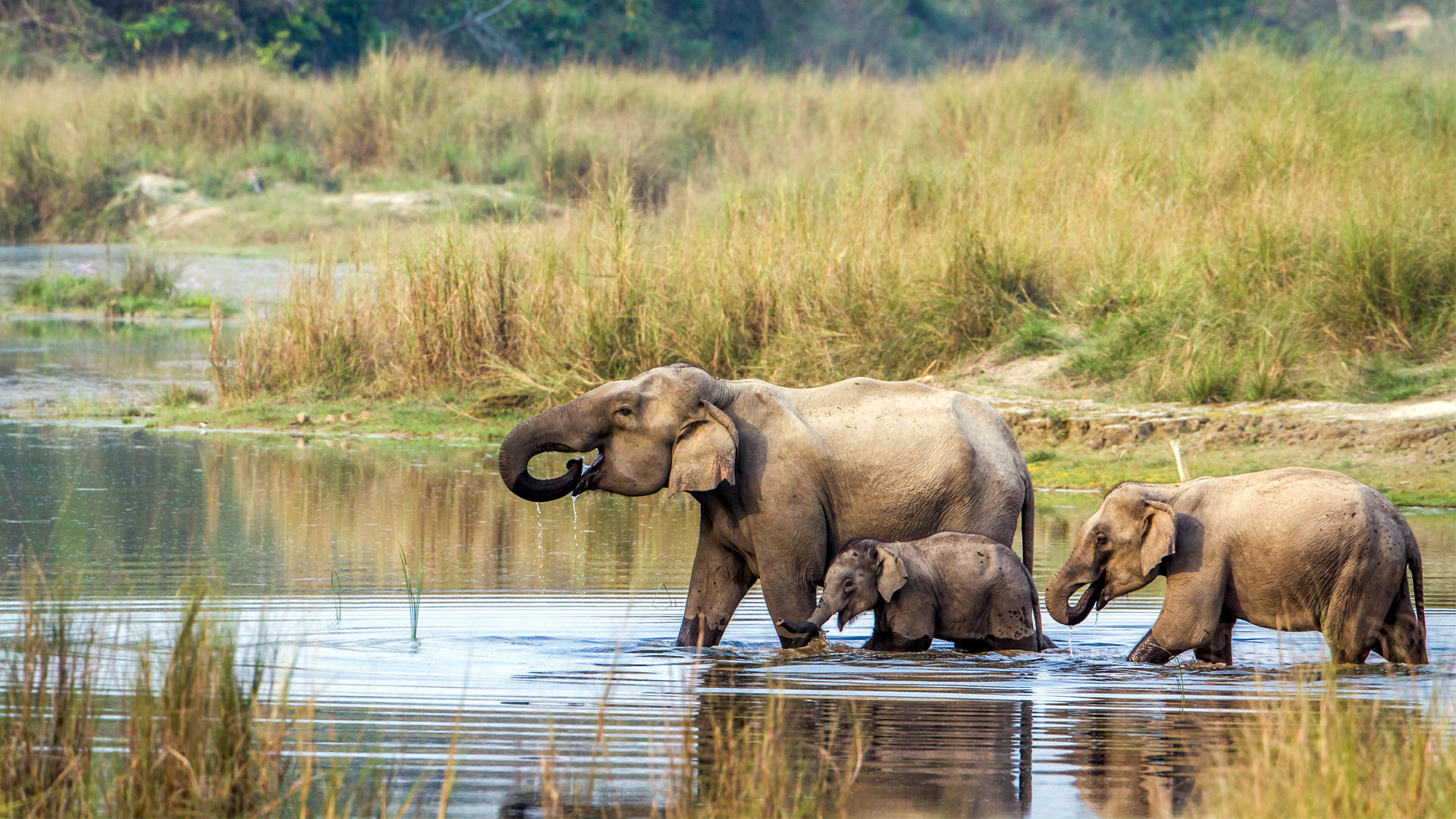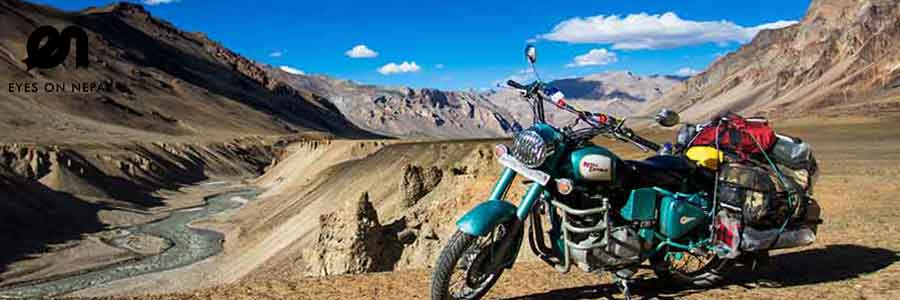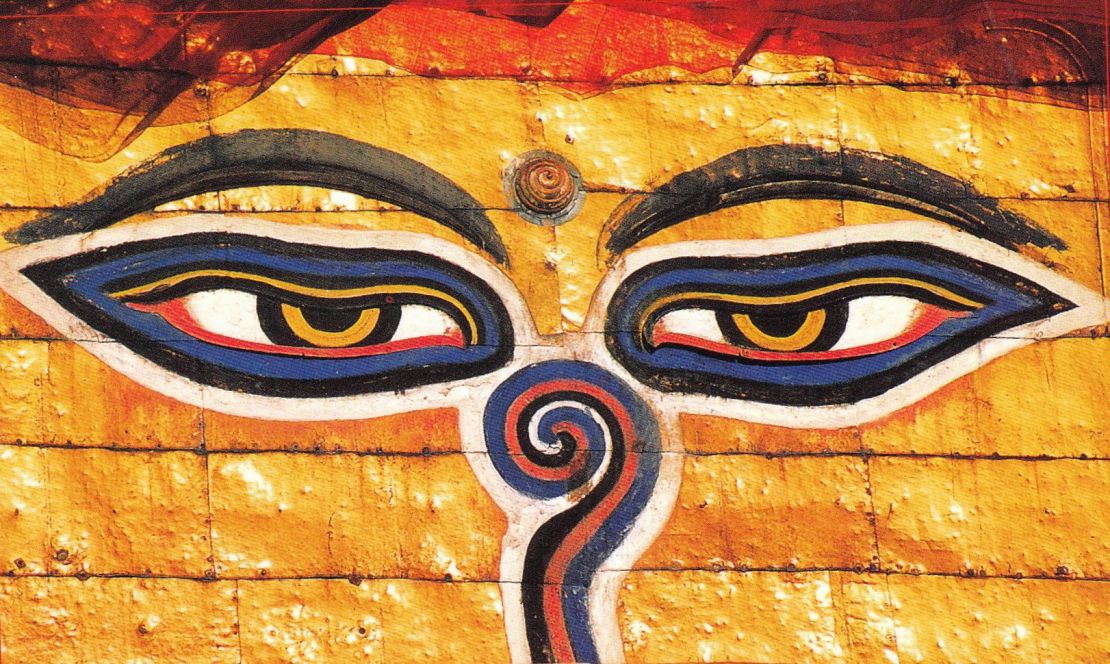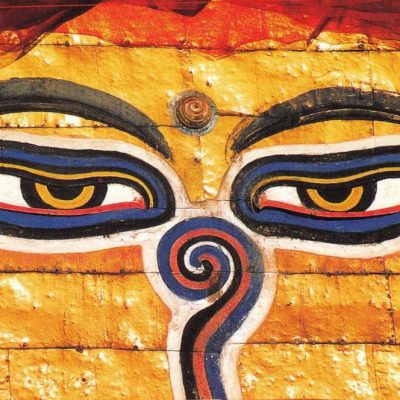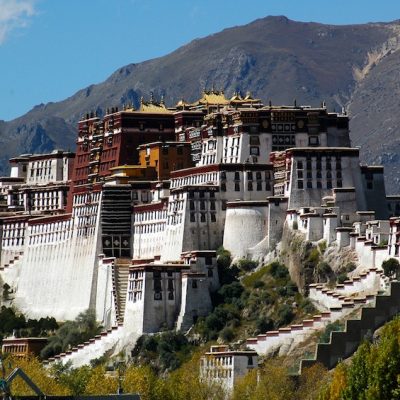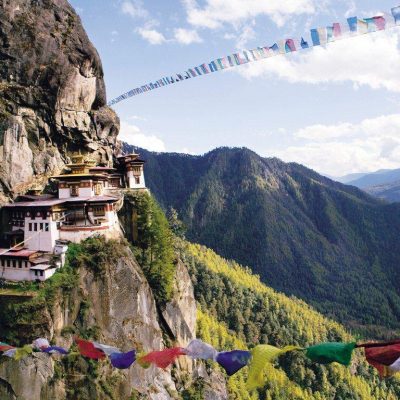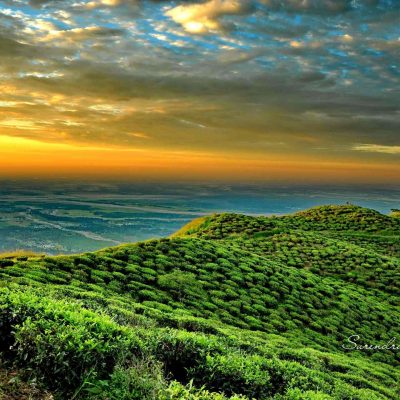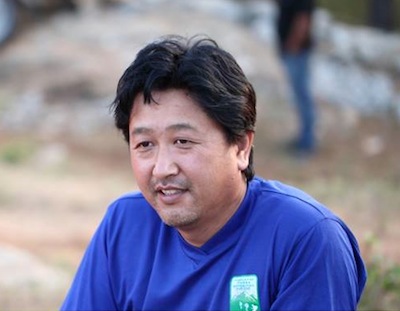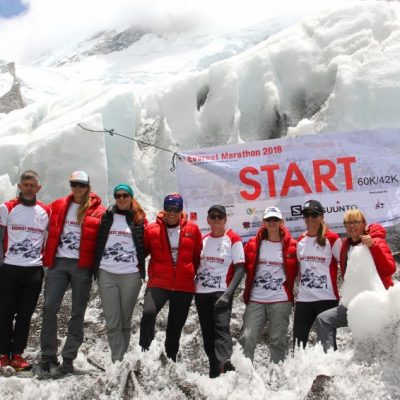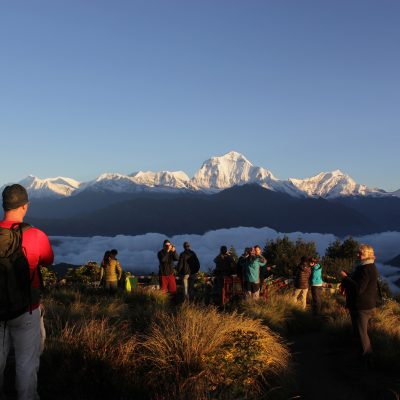Don’t Miss Places In Nepal
Mt. Everest’s towering peak is just one among the Himalayan Mountains that form the northern border between China and Nepal. Far below the icy peaks, rhododendrons cover the mountain passes of the foothills. To the south of the mountain, lies the humid and fertile Tarai plain, where rhinoceros and tigers roam. This spectacular landscape attracts mountaineers and trekkers from all over the world to Nepal.
Nepal is a tourist destination for many reasons. Sacred temples, ancient palaces, and natural attractions can all be found here, and the people are welcoming. As the world has become more aware of these gems, tourism has brought much-needed money and development to this country.
Among the many incredible sights of Nepal are these ten, which no traveler should miss…
Kathmandu
This area is full of religious sanctuaries, unique because of their sovereign atmosphere and impressive construction. There are thousands of beautiful Buddhist and Hindu temples in this deeply religious country, the most famous of which is the Swayambhunath Buddhist Shrine, located in the capital city of Kathmandu. The most important addition is the Boudhanath Stupa, a domed shrine atop the building.
At 40 meters in diameter, it is one of the largest stupas in the world. The all-seeing eyes of Buddha on the Boudhanath stupa in Kathmandu can be seen from the hills miles away. The best time to visit the sanctuary is in the early morning or late afternoon when the faithful come to pray. A solemn mood and Buddhist chant reverberates in the air once the monks gather. You will hear them mostly chant the Buddhist mantra “Om Mani Padme Hum” as you approach the temple.
The prayers of the faithful join in to create a hypnotic atmosphere as pilgrims circle the stupa three times clockwise. It is a deeply visual and auditory experience that will transform you. Visitors may also enter the adjoining monastery to attend a Buddhist ceremony.
Thamel
Between the neighborhood of Thamel and the Royal Palace, there is a golden plaque on the wall that leads to the entrance of the Garden of Dreams. This peaceful sanctuary is indeed worth its name, as the noise of the chaotic traffic outside fades away within the serenity of this hidden attraction. The garden is a tranquil oasis of calm. The focal point is a white building in the neoclassical style surrounded by lush flower beds, exotic plants, flowering shrubs, bushes and old trees.
In an upstream pond, Lotus blossoms float. The benches and pavilions invite lingering, so be sure to take your time. This gem has to be seen when one is looking for peace and relaxation while in the capital city. It is hard to believe this small, colorful, and heavenly garden is in the midst of the bustling city of Kathmandu.
Pokhara
Early morning is the ideal time for a trek up 1400 meters high Poon Hill. Warm clothes, hats, and gloves are a must, but if you get cold, the tea houses along the way are great for rejuvenating with hot drinks and food. There are a couple of paths and observation points to admire the snow capped mountains of the Annapurna Range, and the view from the top is fantastic. Have your outdoor camera ready, because when the skies are clear, there is a breathtaking panoramic view of the city until sunset.
The Phewa Tal (Fewa Lake) is an alternative for appreciating the gorgeous Annapurna Range. Visitors can rent and paddle canoes, or rent a boatman along a small canoe. The atmosphere, rare in a tourist hotspot, is one of heavenly quiet alongside breathtaking views. You’ll find peace in this popular destination. There is a small island in the midst of the lake which hosts a holy temple and a palace of the former king of Nepal. The lake can also be great for swimming, which should only be done from a boat, far from the polluted shores.
Patan (Lalitpur)
Patan is also called by the Nepalese as “Lalitpur” which means “beautiful city”. This 16th-century city is also commonly known as the city of fine art. It, along with Kathmandu and Bhaktapur, is one of the three royal cities of the Kathmandu Valley.
After paying to enter the square, one seems to travel to a distant time. The square is full of Buddhist monuments, Hindu temples, and places to buy crafts and souvenirs made by the skilled craftsmen and artisans from Nepal. It is almost like a living museum, except the locals are not pretending.
The architecture is a mixture of Chinese pagoda style and Newari style, with red bricks and richly carved woodwork for windows, balconies, doors and columns with sculptures of gods. Perhaps most impressive is the Golden Temple, a gilded building sculpted with prayer wheels, elephants, figures of Buddha, and other symbols. The ornately carved doors are flanked by sculptures of lions, elephants, and mythological figures. It is truly a sight to behold and one that you will never forget.
Bhaktapur
One of the tallest buildings in Kathmandu Valley is the Nyatapola Temple in Bhaktapur. It is a five-level pagoda on a set of 5 square bases arranged in a pyramid shape, with a central staircase flanked by sculptures of figures of humans, elephants, lions, eagles and God, ascending from the weakest to the most powerful.
Come for spirituality or come for the workout, either way, it is worth climbing the high steps of this temple to see the life of the city at your feet and the scenic mountains towering above you.
Sauraha
Approximately 2.5 hours away from Kathmandu by taxi is a natural habitat zoo called the Chitwan National Park. A visit to this zoo is a must for anyone who goes to Nepal, and it is a perfect destination for nature lovers. In the habitat, among the impressive mountain passes and fast flowing clear rivers, monkeys swing from one tree to another. There’s also the frequent drama occurring between the elephants and rhinoceros. When elephants and rhinoceros bump into each other in this habitat, the elephants form a circle around the rhinoceros, begin to trumpet loud and the boisterous rhinoceros withdraws. You’ll almost forget that you are not in an African jungle. Farther in the distance a tiger may be spotted in the forest.
A visit to the Elephant Breeding Center provides the opportunity for a two-hour ride on the back of an elephant through the dense jungle. After heading back to its camp, take a ride on a boat made of a tree trunk to view colorful birds and tropical fish in the clear shallow water.
Pashupati (Gausala)
Travel to Pashupati to witness true Nepal culture. In Pashupatinath Temple, the rites of cremation are performed on the banks of the river, a tributary of the Ganges tradition. A cremation ceremony begins with the prayers of the holy men, progresses through rituals of rice, flowers and milk, then shaving the hair of the children, before washing the deceased’s head. There is a family parade to dismiss the deceased, then he is carried on stretchers to what will be his funeral pyre, leading to the lighting of the fire by his eldest son.
This burial tradition is an involved process that is central to the culture of these people. It’s a tradition that can take almost a day as the family fervently prays and asks forgiveness. They hope that the soul will move on to the next world and not reincarnate again to return and purge the sins of his ancestors or himself. Between the monkeys, cows, burning bodies, children diving in the river and ancient ritual, this is a place where life and death truly walk hand in hand. It is definitely an intense experience that is not to be missed.
Lumbini
At the heart of the temple complex of Lumbini is the Temple of Maya Devi, the exact place where the Buddha’s mother brought him into the world. This is where the rock where he was born is kept, protected by glass. Photography of the sacred shrine is not allowed, as this is a very important area for those practicing Buddhism. Pilgrims to the temple leave their shoes at the entrance, and they and the few travelers that visit walk around the whole area barefoot.
After a visit to the stone, you can approach the ruins of an old temple and reach the great sacred Bodhi tree that is always monitored by a group of Buddhist monks. This tree is where the pilgrims devote time to meditate and pray. It is surrounded by prayer flags and offerings.
In addition to sacred shrine, the exhibition area is full of temples of China, Myanmar, Thailand, Sri Lanka, and Germany (donated by each country) and many are still under construction. With many Buddhist countries all over the world, it does not seem like the construction will end soon. The place is historical, light, and simple, just like the life of the Buddha. Inside the complex, peace reigns.
Dhulikhel
This temple is one of the most ideal meeting points of the Tibetan horns and those who perform ritual dances in honor of these monks whose kindness has no equal. The Namo Buddha Monastery is a wonderful, calm, and peaceful complex.
Murmurs of prayers, reciting of mantras and Buddhist monks chanting mingle in the air. From the top, the view of the nearby Kavre Valley is unparalleled.
Nagarkot
The city of Nagarkot often serves as a starting point for trekkers and mountain climbers who plan to ascend the peak of the Mt. Everest. The altitude of this hill point (72,000 ft.) serves as a training ground for mountaineers getting used to high altitudes.
The city is located near the Kathmandu Valley and is lined with hotels and resorts offering a magnificent view of the Himalayan Mountains, including Mt. Everest. It is a required stop for any adventure travelers needing to prepare for the challenging trek.

